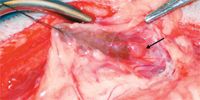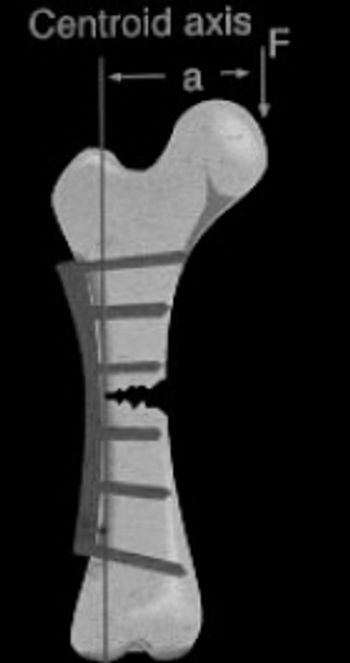
The coxofemoral joint is a ball and socket joint. Normal stability of the hip is provided through a combination joint capsule, ligament of the head of the femur and dorsal acetabular rim. In addition, the joint fluid and acetabular labrum including the ventral acetabular ligament and extraarticular soft tissue structures such as the gluteals, adductors and abductors of the hip joint provide secondary stability.




